Are you eager to evaluate if a paint correction job is a perfect portrayal of professionalism or a pathetic performance? Look no further! Let us enlighten you on how to spot a bad paint correction job.
A bad job can be characterized by:
- Uneven or patchy paint finish
- Swirl marks
- Holograms
- Excessive orange peel
Moreover, keep an eye out for:
- Paint overspray or staining
- Poor paint adhesion
- Peeling
- Lack of depth and gloss in the paint
By being aware of these telltale signs, you can swiftly identify and avoid the disappointment of an inferior paint correction job.
So, let’s dive in and discover the secrets to distinguishing between a dazzling and disastrous outcome.
Uneven or Patchy Paint Finish
Look for visible areas where the paint appears uneven or patchy. An uneven or patchy paint finish is a common issue that can be easily spotted when inspecting a paint correction job. There are several common causes for this problem, including improper application techniques, inadequate surface preparation, and low-quality paint products.
Improper application techniques, such as using the wrong type of brush or roller, can result in an uneven paint finish. Additionally, if the painter fails to apply the paint evenly or doesn’t use enough coats, patchiness can occur.
Inadequate surface preparation is another common cause of an uneven or patchy paint finish. If the surface isn’t properly cleaned, sanded, or primed before painting, the paint may not adhere properly and can result in an uneven appearance.
Using low-quality paint products can also contribute to an uneven or patchy finish. Cheap paints often have inconsistent pigmentation or coverage, leading to visible imperfections on the painted surface.
To prevent an uneven or patchy paint finish, it’s important to use proper application techniques, thoroughly prepare the surface, and invest in high-quality paint products. Taking these preventive measures can ensure a smooth and uniform finish that enhances the overall appearance of the painted surface.
Swirl Marks and Holograms
To identify a bad paint correction job, you should be on the lookout for swirl marks and holograms that may be present on the painted surface. Swirl marks are circular or spiral scratches that result from improper paint correction techniques. These marks are commonly caused by the use of abrasive compounds or incorrect buffing pad selection. Holograms, on the other hand, appear as ghost-like reflections on the paint surface and are often caused by the improper use of a rotary buffer.
There are several common causes of swirl marks and holograms. One of the main causes is the use of aggressive polishing compounds. These compounds, when not used properly, can create deep scratches on the paint surface. Another cause is the use of an incorrect buffing pad. Hard or worn-out pads can cause excessive heat and friction, leading to swirl marks and holograms.
To prevent swirl marks and holograms, it’s important to use the correct polishing techniques and products. Start by using a less abrasive compound and gradually work your way up if necessary. Additionally, it’s crucial to choose the right type of buffing pad for your specific paint type. Regularly inspect and replace worn-out pads to avoid any potential damage.
Excessive Orange Peel
Are you wondering how to identify excessive orange peel in a paint correction job? Excessive orange peel refers to the uneven texture on the surface of a painted vehicle, resembling the skin of an orange. It occurs when the paint isn’t properly applied or when the paint correction techniques used aren’t up to par.
Professional paint correction should aim to eliminate or minimize orange peel, creating a smooth, glossy finish. However, if the paint correction job isn’t done correctly, you may notice a significant amount of orange peel on the surface of your vehicle.
One way to identify excessive orange peel is by inspecting the paint under proper lighting conditions. Use a bright light source and look closely at the surface. Excessive orange peel will appear as a textured surface with uneven reflections.
Another method is to run your hand over the paint surface. A smooth, well-corrected paint job should feel flat and glassy. If you feel roughness or a bumpy texture, it could be an indication of excessive orange peel.
Paint Overspray or Staining
Look for visible signs of paint overspray or staining on the surface of the vehicle. These can be indicators of a bad paint correction job. Paint overspray occurs when the paint particles are sprayed beyond the intended area, resulting in a fine mist settling on nearby surfaces. Staining, on the other hand, refers to the presence of unwanted substances or discoloration on the paint surface. Both of these issues can detract from the overall appearance of the vehicle and indicate a lack of attention to detail during the paint correction process.
One common sign of paint overspray is the presence of small droplets or specks of paint on surfaces that shouldn’t have been painted, such as windows, trim, or rubber seals. These paint drips can be easily spotted and indicate a sloppy or rushed paint correction job. Additionally, a paint color mismatch between different parts of the vehicle can also be a sign of overspray. If the color doesn’t match seamlessly, it suggests that the paint wasn’t applied evenly or that different types of paint were used, resulting in an inconsistent finish.
Staining can occur due to various reasons, such as improper cleaning techniques or the presence of contaminants on the surface before painting. These stains can manifest as discoloration, dullness, or even visible spots on the paint. They can be particularly noticeable on lighter-colored vehicles. A professional paint correction job should eliminate any staining and restore a flawless, uniform appearance to the paint.
Poor Paint Adhesion and Peeling
Check for signs of paint adhesion issues and peeling on the vehicle’s surface. One common problem you may encounter is paint bubbling, which occurs when the paint loses its adhesion to the underlying surface. This can be caused by a variety of factors, but one of the most common culprits is improper surface preparation. When the surface isn’t properly cleaned and prepped before painting, the paint may not adhere properly, leading to bubbling and peeling.
To identify paint adhesion issues, inspect the surface closely for any areas where the paint is lifting or peeling away from the underlying surface. Look for bubbles or blisters in the paint, as these are clear signs of adhesion problems. Additionally, pay attention to any areas where the paint appears thinner or uneven, as this can also indicate poor adhesion.
If you notice any of these signs, it’s likely that the paint correction job was poorly executed. In such cases, it’s important to address the issue promptly, as continued paint peeling can lead to further damage to the vehicle’s surface. Professional assistance may be needed to properly strip off the peeling paint and reapply a new coat, ensuring proper adhesion and a smooth, durable finish.
Lack of Depth and Gloss in the Paint
You can easily detect a lack of depth and gloss in the paint. When a paint correction job is poorly executed, the result is a dull appearance, with the paint lacking the shine and vibrancy that it should have. This lack of depth and gloss is often caused by improper polishing techniques or the use of low-quality products.
One common mistake that leads to a lack of depth and gloss is using an abrasive compound that’s too aggressive for the paint. This can remove too much clear coat, leaving the surface uneven and dull. Additionally, if the polishing pads used are worn out or not properly cleaned, they can fail to properly refine the paint surface, resulting in a lackluster finish.
Another factor that can contribute to a lack of depth and gloss is insufficient paint protection. After the paint correction process, it’s crucial to apply a high-quality wax or sealant to enhance the shine and protect the paint from environmental contaminants. Without proper protection, the paint can quickly lose its luster and appear dull.
Conclusion
In conclusion, spotting a bad paint correction job is like finding a needle in a haystack, except the haystack is made of disappointment. From uneven paint finishes to swirl marks and holograms, there’s no shortage of red flags.
And let’s not forget about excessive orange peel, paint overspray, poor adhesion, and lack of depth and gloss. It’s a veritable carnival of paint disasters.
So, keep your eyes peeled and don’t settle for anything less than perfection.













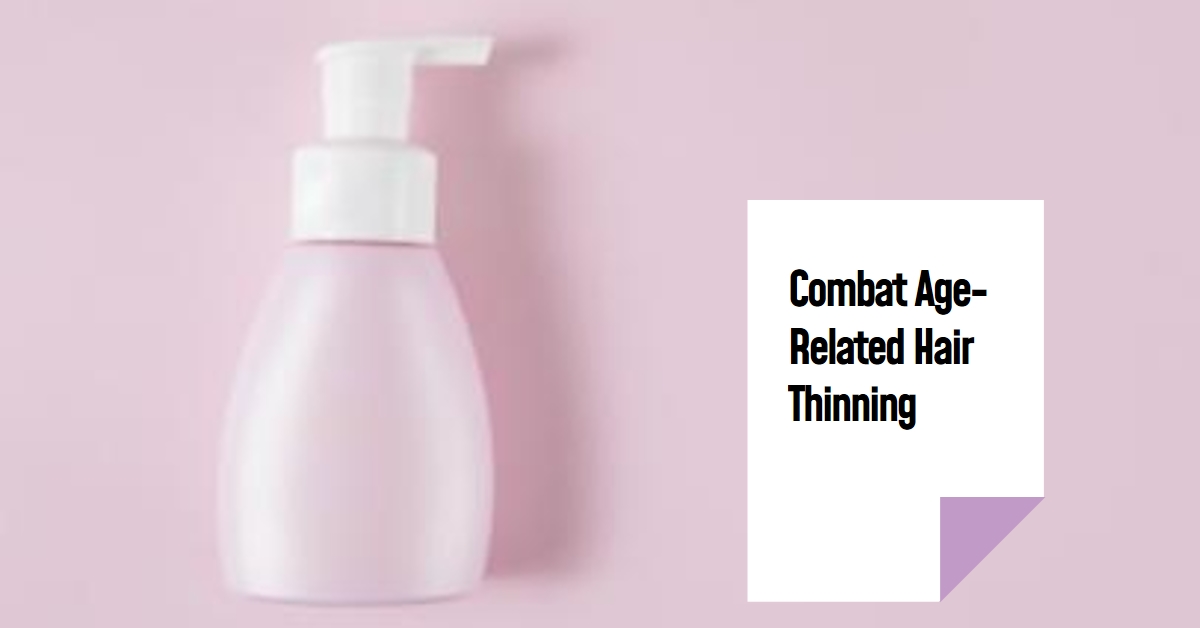







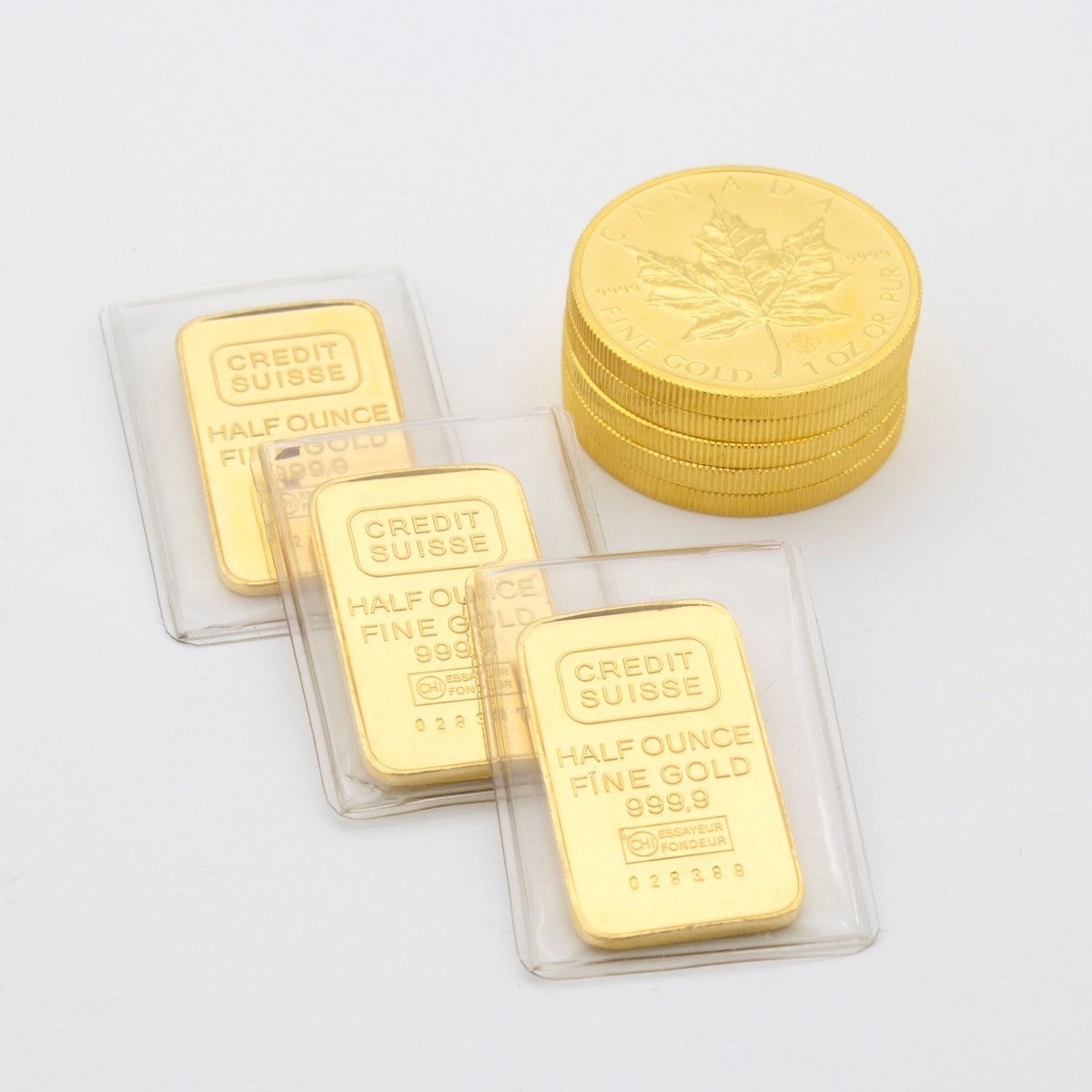

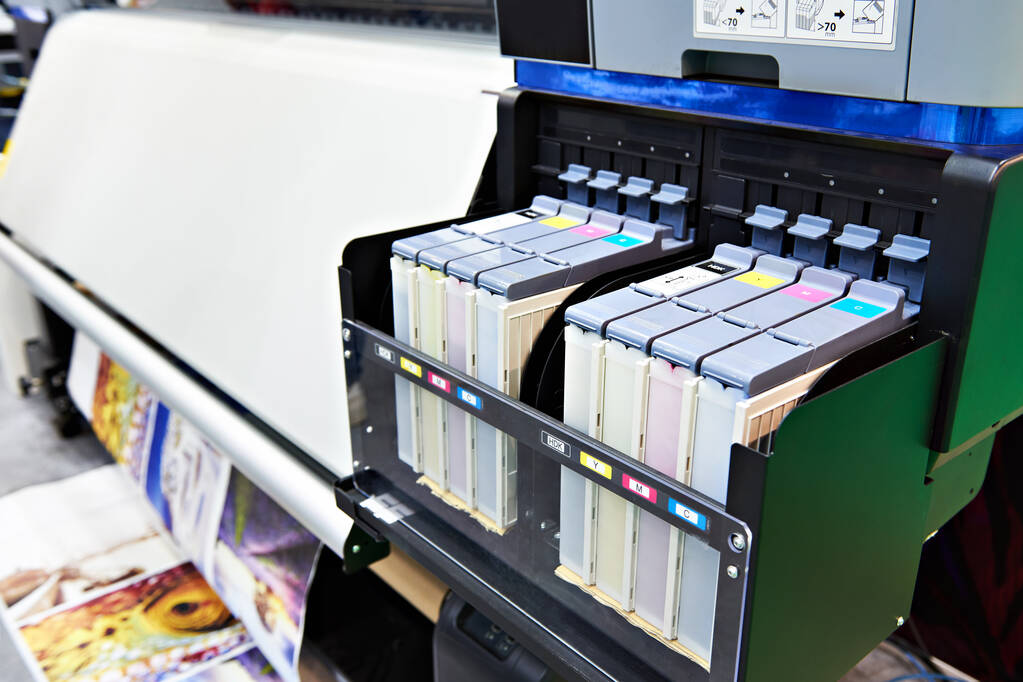

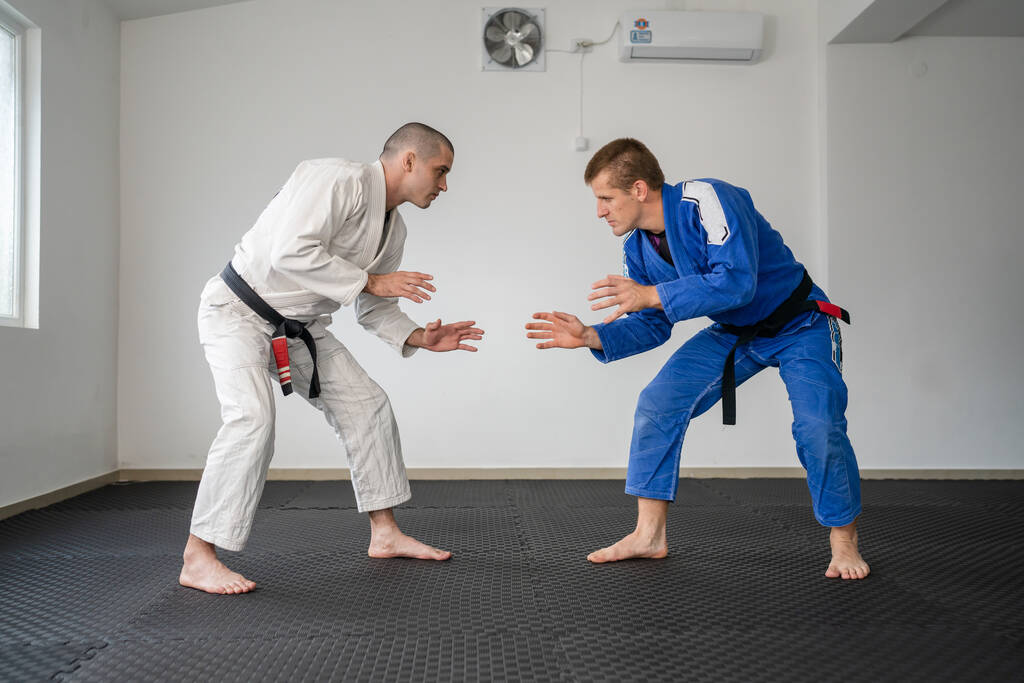










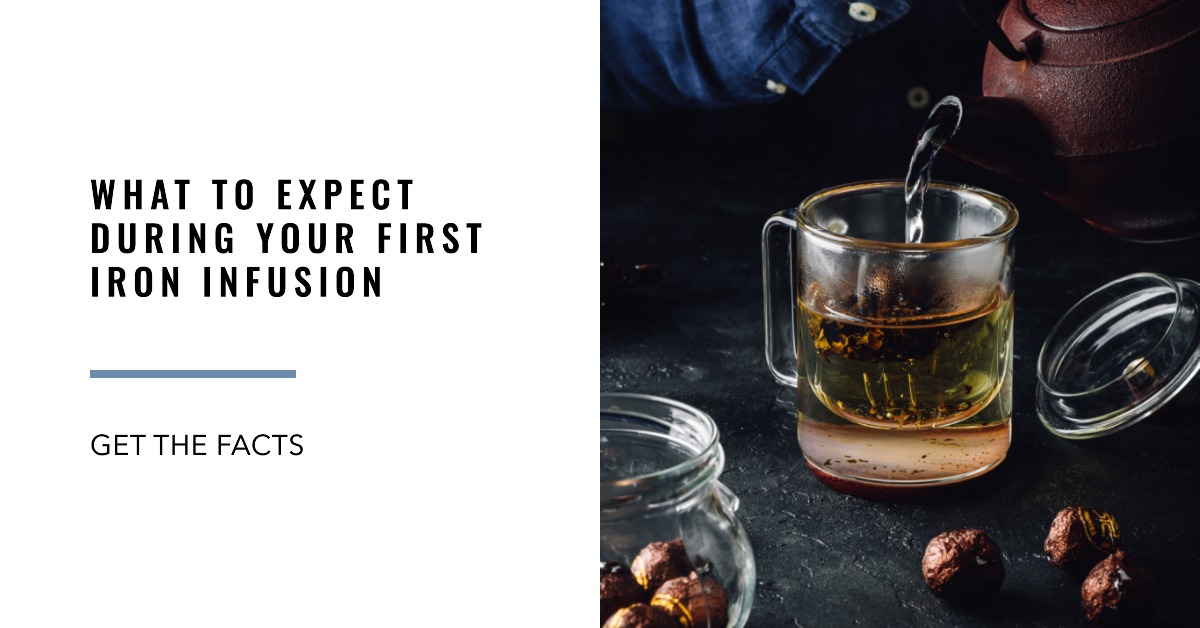
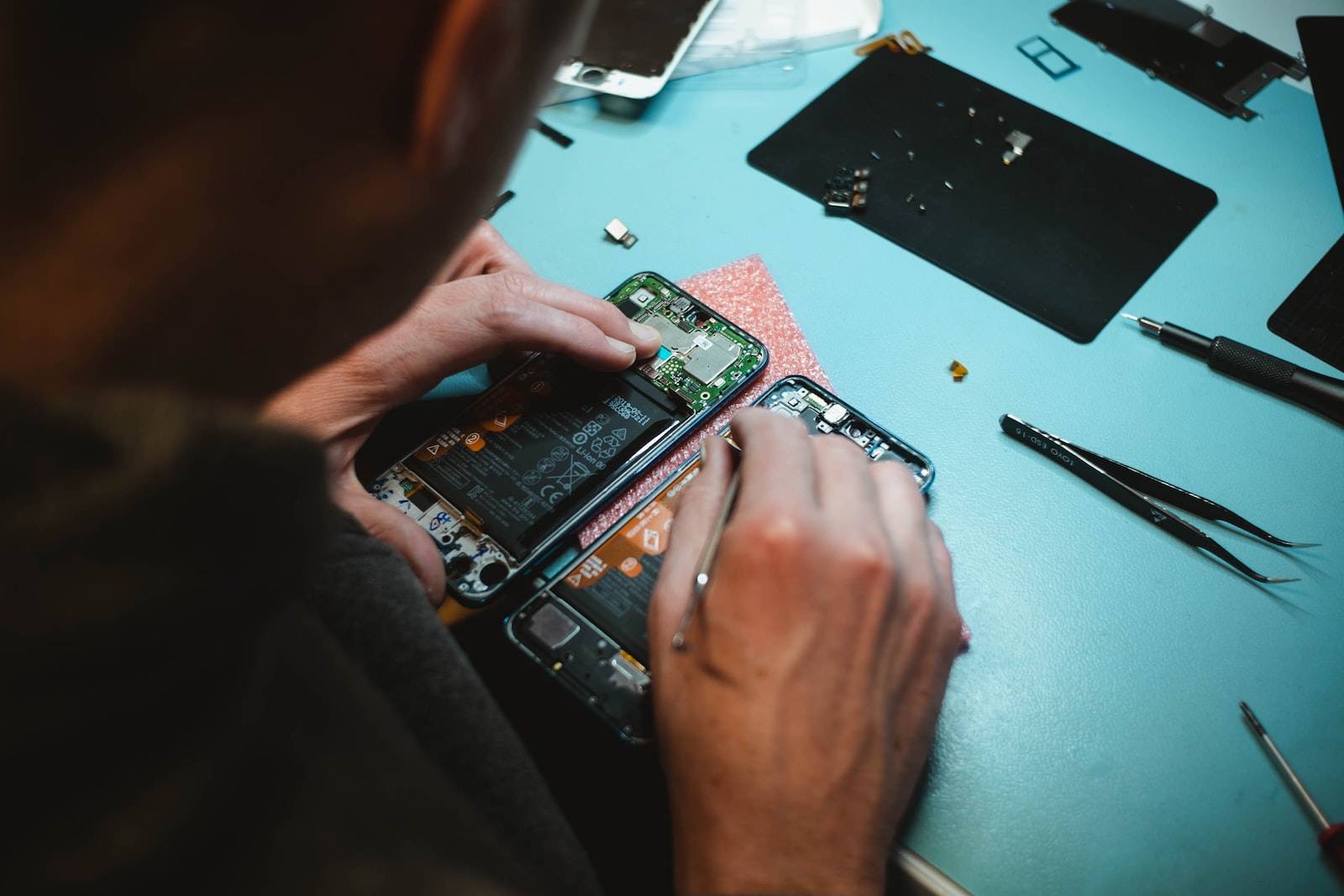





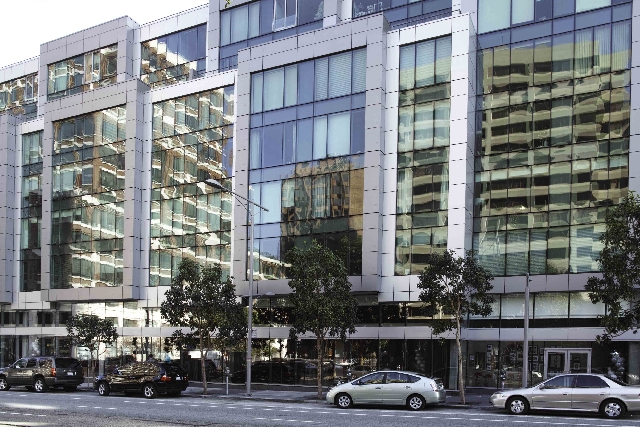


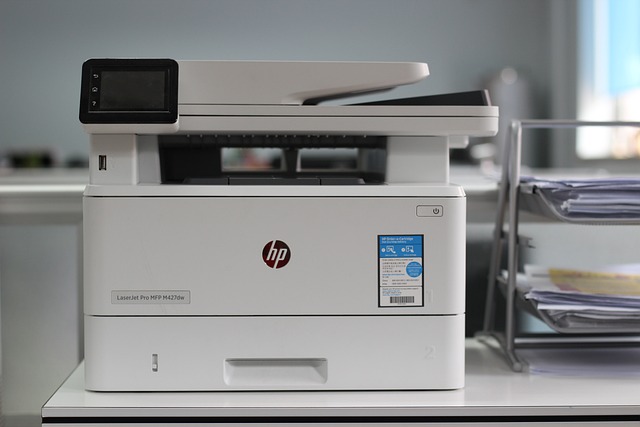





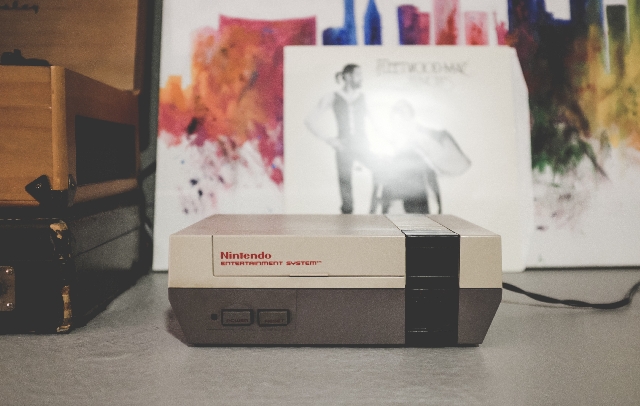











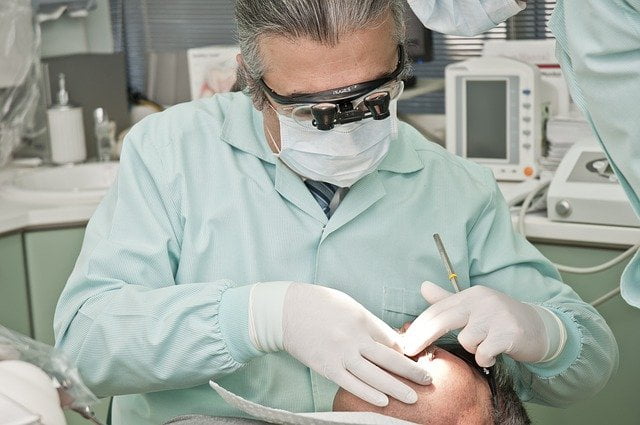










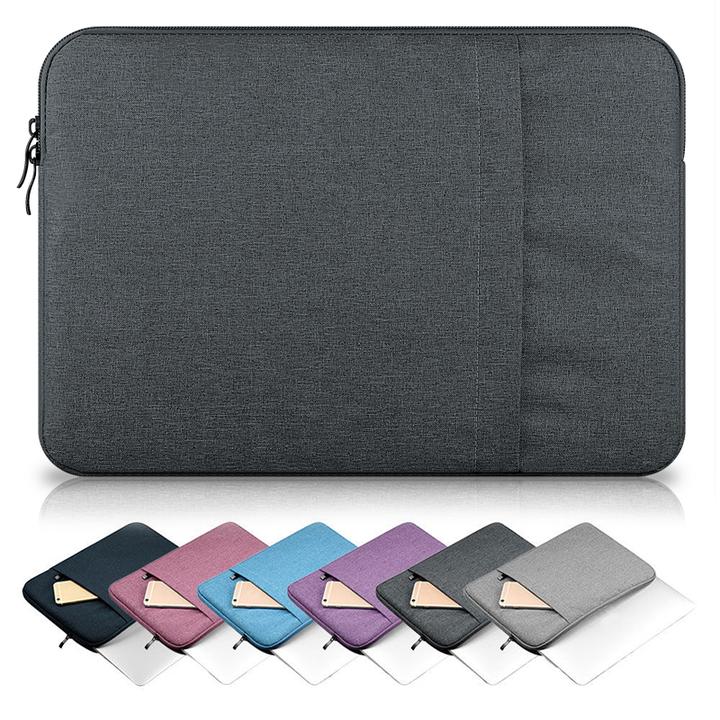
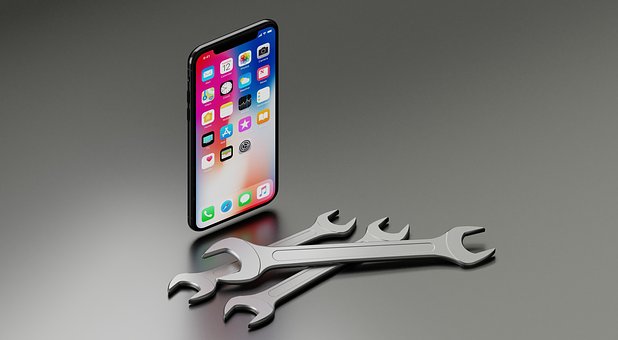
0